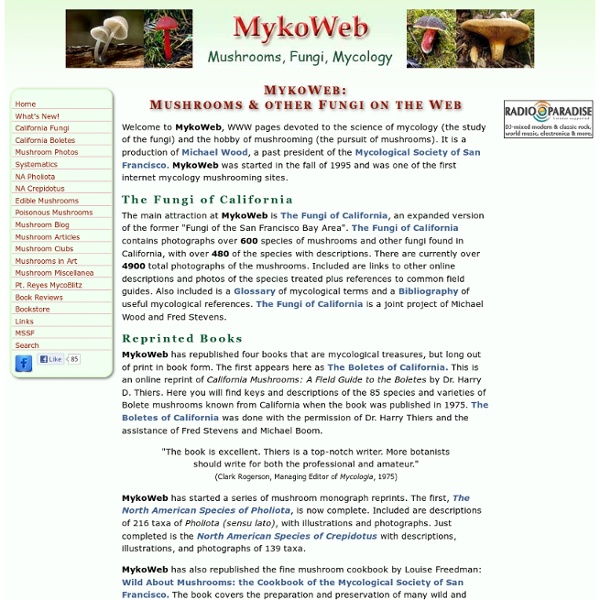



Drift Seeds and Drift Fruits Imagine yourself floating helplessly on the open sea, thousands of miles from land, your destination at the mercy of the wind and currents. Perhaps eventually you may drift ashore on the coral sand beaches of a remote tropical island or distant continent. This is precisely what happens to countless thousands of tropical drift seeds and fruits, a remarkable flotilla of flowering plants that travel the oceans of the world. Seeds provide the vital genetic link and primary dispersal agent between successive generations of plants. The tropical islands of Indonesia, Polynesia and the Caribbean probably have the greatest variety of drift seeds. Charles Darwin & Ocean Dispersal Of Seeds Plant dispersal by ocean currents has fascinated many famous explorers, including Charles Darwin and Thor Heyerdahl. During his famous voyage around the world on the H.M.S. After he returned to England, Darwin conducted flotation experiments with cultivated plants. The Hawaiian Silver Sword Nickernuts The Coconut
Western Montana Mycological Association Online Books : "Golden Guide Hallucinogenic Plants" - pg 1-10 HALLUCINOGENIC PLANTSby RICHARD EVANS SHULTES Illustrated by ELMER W. SMITH. GOLDEN PRESS - NEW YORK 1976 Western Publishing Company, Inc. .Scanning and html by loplop, Aug '99 Maintained by Erowid.org FOREWORD Hallucinogenic plants have been used by man for thousands of years, probably since he began gathering plants for food. CONTENTS.Contents...1-10...11-20...21-30...31-40...41-50...51-60...61-70...71-80...81-9091-100...101-110...111-120...121-130...131-140...141-150...151-156...Index What Are Hallucinogenic Plants? Hallucinogenic plants have been featured on many postage stamps: (1, 6) Amanita muscaria, (2) fruit of Peganum harmala, (3) Atropa belladonna, (4) Pancratium trianthum, (5) Rivea corymbosa, (7) Datura stramonium, (8) Datura candida, (9) Hyoscyamus niger. WHAT ARE HALLUCINOGENIC PLANTS? Paramount among the hallucinogens of religious significance is the peyote cactus. HALLUCINOGENS IN PRIMITIVE SOCIETIES Contents Next
Sonoma County Mycological Association | Mushroom Dyes and Paper SOMA's own Miriam C. Rice originally discovered in the 1970s that fungi could be used both for natural dyes and as substrate for making paper. These fungal art forms have now spread worldwide from their origins in nearby Mendocino County, and led to the creation of the International Mushroom Dye Institute. SOMA members Dorothy Beebee and Catherine Wesley now teach classes in dyes and papermaking at fungus fairs, SOMA Camp, and mushroom workshops. Yarn dyed from Phaeolus schweinitzii. Photo © Marlene Nordstrom. Phaeolus schweinitzii. Mushroom dyes In the 1970s, Miriam discovered mushrooms contained pigments that could be used for natural dyes. The dye color obtained depends on both the species and the mordants used for fixing the dye. dyer's puffball (Pisolithus tinctorius) Paxillus atrotomentosus Phaeolus schweinitzii Mordants are metallic salts commonly used by natural dyers to aid in the setting of a dye on fiber to make it lightfast and colorfast. Samples of paper made from mushrooms.